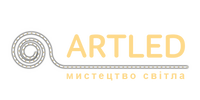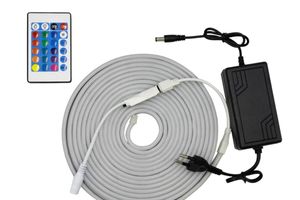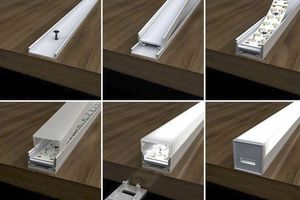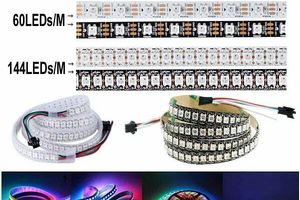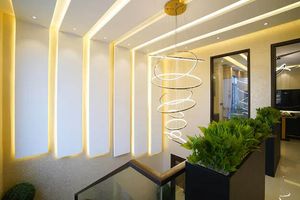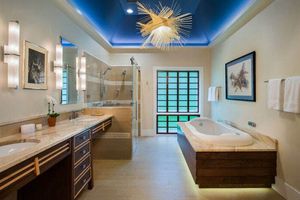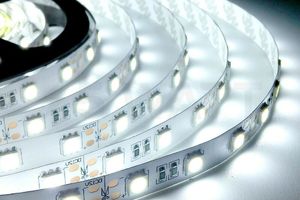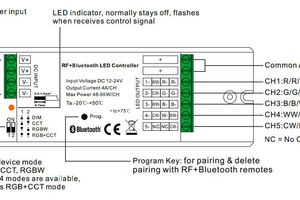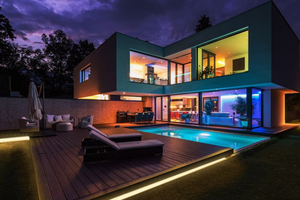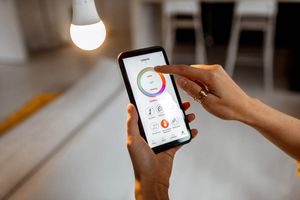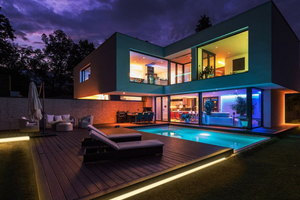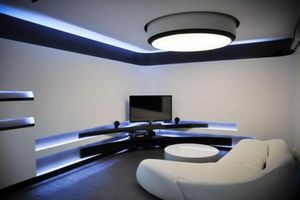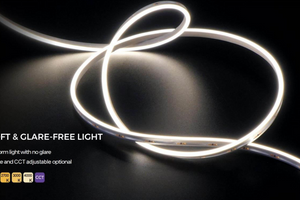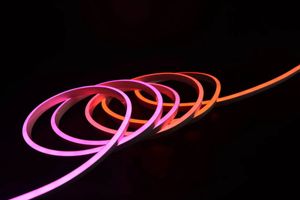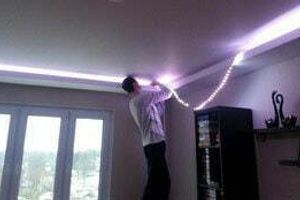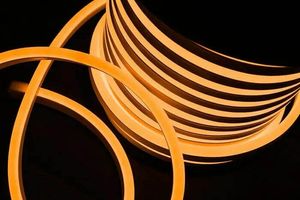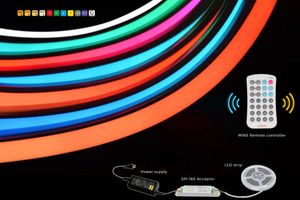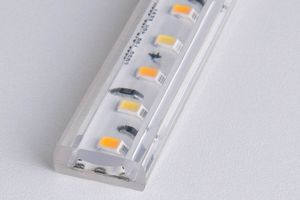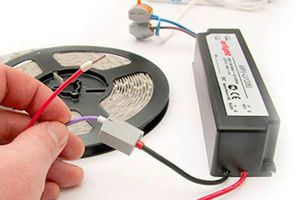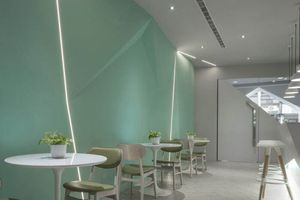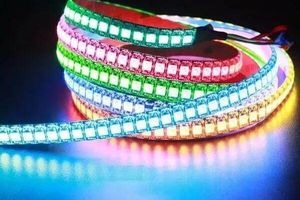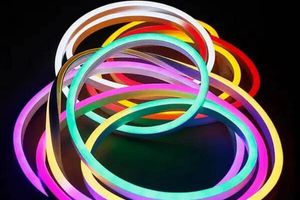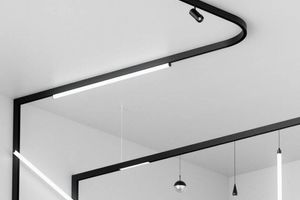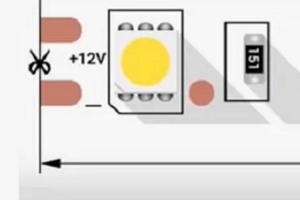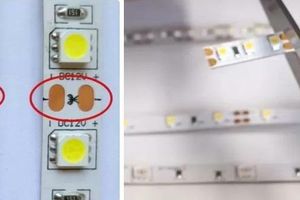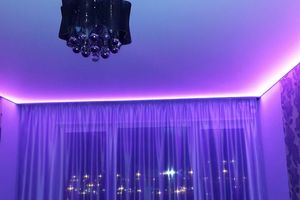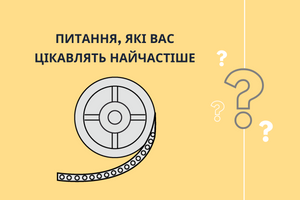LED profile — an aluminum box (it can also be plastic or silicone) into which a diode tape is placed on an adhesive base and covered with a special screen. With this type of fastening, the tape is reliably protected from external factors, which increases its service life several times. In this version, a real lamp is obtained, where the diode strip, like a light bulb, can be easily replaced with a more powerful or colored one. The profile also dissipates heat well, so the tape — does not overheat. The cover not only protects the strip with diodes from damage, but also creates the necessary light effect: soft and diffused. All thanks to the matte surface of the screen.
The profile allows you to make a lamp yourself, with parameters that suit you, and thanks to a large assortment and varieties — create individual lighting for your project. The whole question is only which profile to buy?
Which profile for LED strip to choose?
There are several factors to consider when choosing. This is the type of LED strip, its width, as well as the place where, according to your plan, the backlight should be fixed. We have collected for you some tips that will help you when ordering a profile:
-
The width of the profile and the width of the place for the ribbon — these are two different parameters that you must pay attention to when choosing.

-
Remember, it is not possible to choose a case for all wide tapes.
-
There are two types of screen: transparent and matte. Matte makes the light more diffused and softer, while the transparent screen is suitable for those cases when it is necessary to make a bright backlight.
-
According to the method of installation, the profile for the LED strip is divided into three types: overhead, recessed and suspended. Each of them has its own characteristics and advantages.
-
The aluminum box can be anodized or without it.
-
The cross-sectional shape of the profile is square, round, and rectangular. There is also a corner box that allows you to design indirect structures.
-
In addition to the profile, you will also need additional accessories, as well as fasteners and plugs.
LED strip profile, scope of use
Like the LED strip itself, the profile is used to organize lighting, both indoors and outdoors. When choosing it, you need to be guided by the project and the tape you are going to buy. The profile is both a housing and additional protection for the lighting device inside, so it can be used with the same performance:
-
in the interior of residential, office and industrial premises, in the field of service and advertising. The profile for the LED strip is suitable for the floor, walls, and ceiling. It is well attached to both vertical and horizontal planes. It can be installed on top of the wall, as well as built into special grooves to get a completely flat surface as a result. Types and types of boxes allow you not to limit yourself in ideas and design solutions, and a variety of additional accessories — significantly simplify installation. Most often, such lighting is organized in dressing rooms, closets, pantries, near the work area, in places with a lot of people passing by, as well as for projecting lighting of different brightness and intensity.
-
in the exterior, the profile for the diode tape also serves as additional protection. Therefore, if necessary, the LED strip can be installed, for example, in the road surface in parking lots, used in landscape design, to illuminate the facades of buildings or advertising structures, strategically important objects, as well as recreation areas in parks and squares.
LED profile, installation, and fastening options:
-
A specific fastener is used for the overhead profile. Often, manufacturers include it in the kit, even with a spare. It is staples that are attached to the surface, and the box on them locks into the grooves. The frequency of placement of staples is approximately 1 - 2 per meter. There is another way to install this profile, directly on self-tapping screws. The back wall is attached directly to the surface. In this version, the LED profile can no longer be removed, but it is mounted without gaps between it and the surface.
-
For a mortise profile, the surface is pre-strobe — cut a special groove that fits in length and width, without or with minimal gaps. The flanges (or lugs) of the box will hide irregularities after installation. If desired, they can also be decorated, and then only a strip of light will be visible on the surface, flush with the coating.
-
The suspended profile of the LED strip is also equipped with special grooves in which the fastener is placed. It is dynamic, so it can move along the entire length of the structure. Such a lamp is attached to the ceiling using cables, the length of which can be adjusted during installation.
-
Screen — the upper part of the profile, which determines the quality and brightness of the lighting. For convenience, some manufacturers offer several options for matting the lid of the box. This indicator ranges from 10 to 40%. It is installed after installing the profile in specially provided grooves and is securely fixed.
-
Plugs are given no less attention than mounting or screen, but they are often forgotten. They close the box from the ends, giving it an aesthetic appeal. There are two types of plugs, with and without holes. Holes are required for the output of wires to the power supply unit or other circuit devices.
As a rule, for each type of profile, its own accessories, plugs, and fasteners are selected. If you find it difficult to understand this issue, be sure to consult with the managers before buying a profile for the LED strip. They will not only tell you the required footage of the profile or tape, but will also be able to calculate the classic basic lighting project so that you do not miss any important detail.
